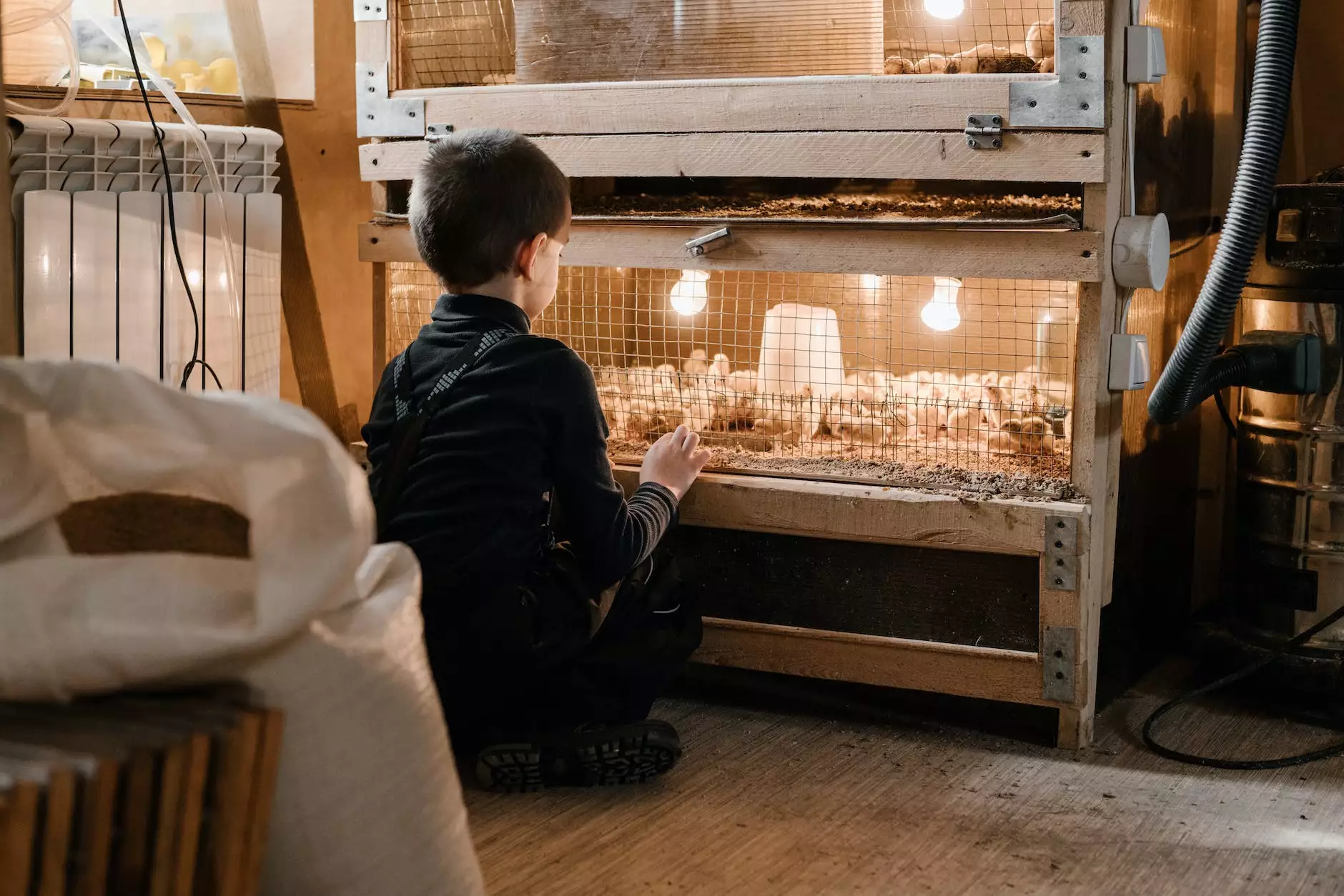TRY THIS AT HOME: Candy Cane Chemistry

The Science Behind Candy Canes
Did you know that candy canes are not only delicious but also a fascinating display of scientific principles? The process of making candy canes involves various scientific phenomena, such as crystallization, heat transfer, and chemical reactions.
Crystallization and Candy Canes
Candy canes are made from a mixture of sugar, water, and corn syrup, which is then heated to form a supersaturated solution. As the solution cools down, the sugar molecules start to come together and form crystals. The longer the cooling process, the larger the crystals that are formed. This is what gives candy canes their characteristic texture.
Heat Transfer and Candy Canes
During the manufacturing process, candy canes go through two distinct stages of heating and cooling. The first stage involves heating the sugar mixture to dissolve the sugar completely. This process requires precise temperature control to ensure ideal conditions for crystal formation. The second stage involves cooling the mixture rapidly to encourage the growth of small crystals, which results in a smooth and hard candy cane.
Create Your Own Candy Canes
Want to try your hand at candy cane chemistry? Follow these simple steps to create your own homemade candy canes:
- Gather the necessary ingredients: sugar, water, corn syrup, peppermint extract, red food coloring.
- In a saucepan, combine the sugar, water, and corn syrup. Heat the mixture over medium heat, stirring constantly until the sugar is completely dissolved.
- Continue boiling the mixture until it reaches a temperature of 300°F (148°C) on a candy thermometer. This is known as the hard crack stage.
- Remove the mixture from heat and add a few drops of peppermint extract and red food coloring. Stir well to incorporate the flavors and color evenly.
- Working quickly, pour the hot candy mixture onto a greased baking sheet. Allow it to cool for a few minutes until it is cool enough to handle.
- Once the candy is cool enough to handle, begin shaping it into candy canes. Twist and pull the candy to create the iconic candy cane shape.
- Place the shaped candy canes on a parchment-lined baking sheet and allow them to cool and harden completely.
- Once the candy canes are fully hardened, store them in an airtight container or wrap them individually in plastic wrap to preserve freshness.
Impress Your Loved Ones
Homemade candy canes make fantastic holiday gifts and can be a fun activity to enjoy with your friends and family. Decorate them with personalized tags or ribbons to add a special touch. The joy of presenting your loved ones with delicious and handcrafted candy canes is priceless.
Conclusion
Exploring the world of candy cane chemistry can be a rewarding and educational experience. Whether you're a science enthusiast or simply looking for a creative DIY project, making your own candy canes is a fantastic way to combine science and the holiday spirit. So go ahead, roll up your sleeves, and unleash your inner candy cane chemist!










